Figures & data
Figure 1. Effect of condition on death-thought accessibility for Study 1.
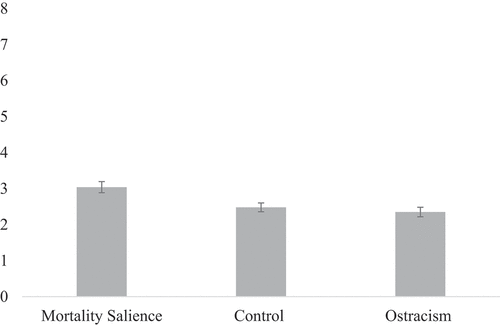
Figure 2. Mean need satisfaction by condition for Study 1.
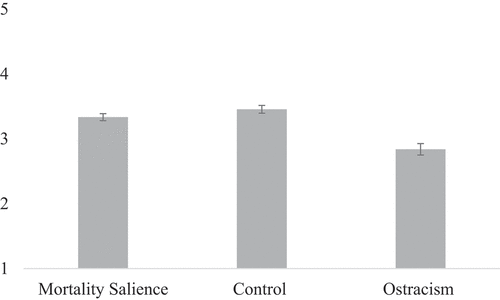
Figure 3. Instructions for Cybergrave.
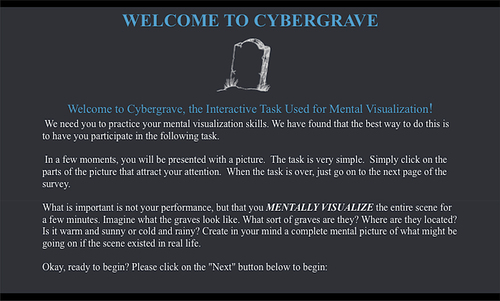
Figure 4. Cybergrave mortality salience manipulation.
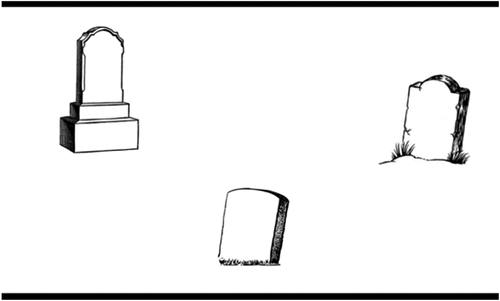
Figure 5. Mean death-thought accessibility by condition for Study 2.
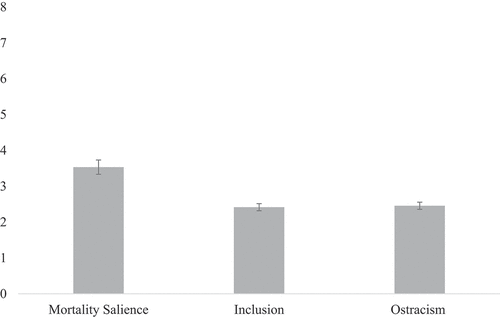
Figure 6. Mean support for killing animals by condition for Study 2.
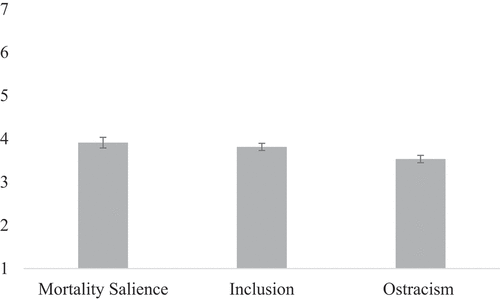
Figure 7. Mean need satisfaction by condition for Study 2.
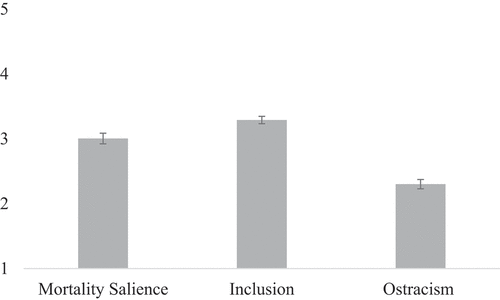
Table 1. Post hoc comparisons of death-thought accessibility by condition for studies 3a and 3b.
Table 2. Post hoc comparisons of need satisfaction by condition for studies 3a and 3b.
Table 3. Post hoc comparisons of negative mood by condition for studies 3a and 3b.
Table 4. Correlation matrix for study 4.
